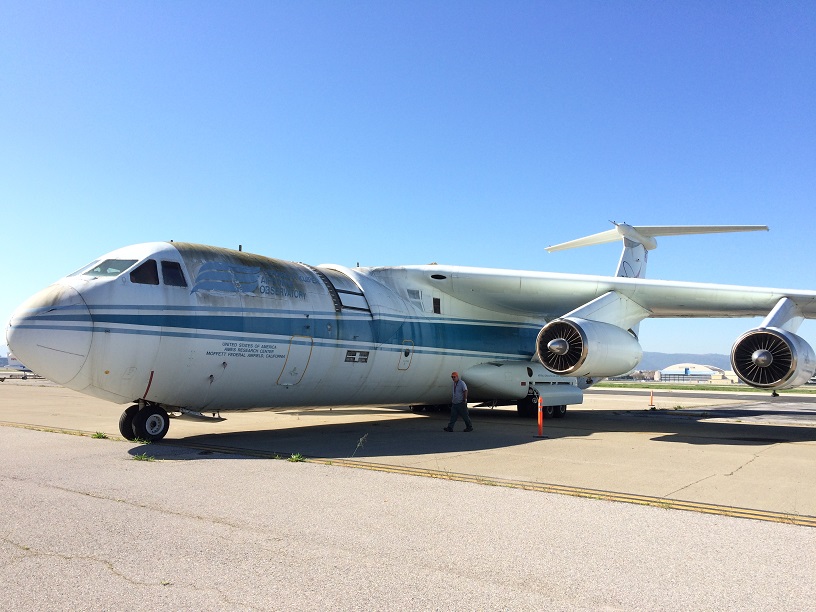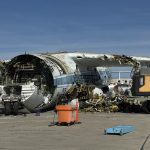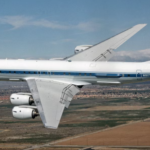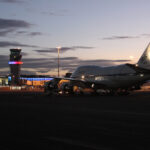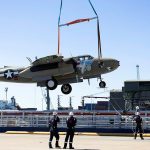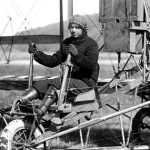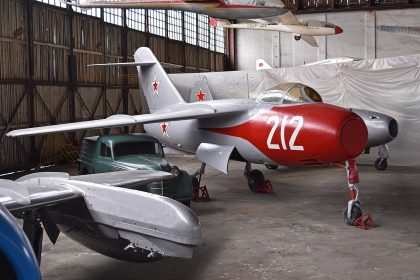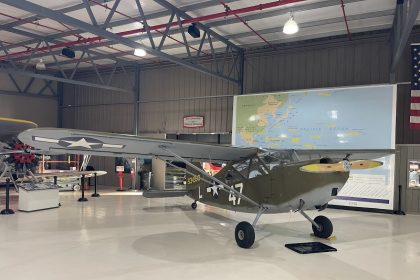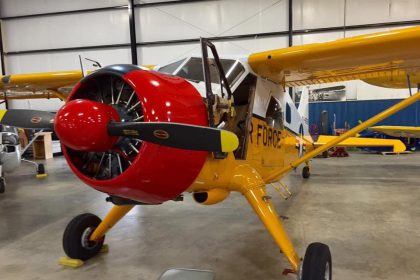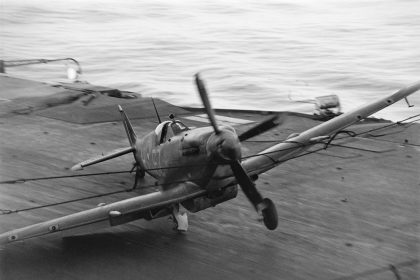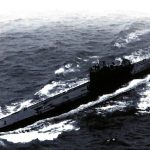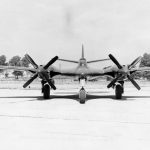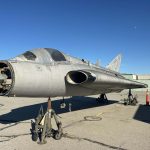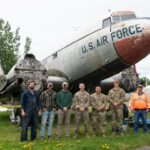Back in March, we reported the dismantling of NASA’s Kuiper Airborne Observatory (KAO) at the NASA Ames Research Center, marking the end of an era for this pioneering infrared telescope platform. For decades, the aircraft—tail number N714NA—soared far above the ordinary, serving as a high-altitude observatory for some of NASA’s most groundbreaking astronomical research. Now, a small part of its legacy is being preserved and shared in an unexpected way, thanks to the company PlaneTags.
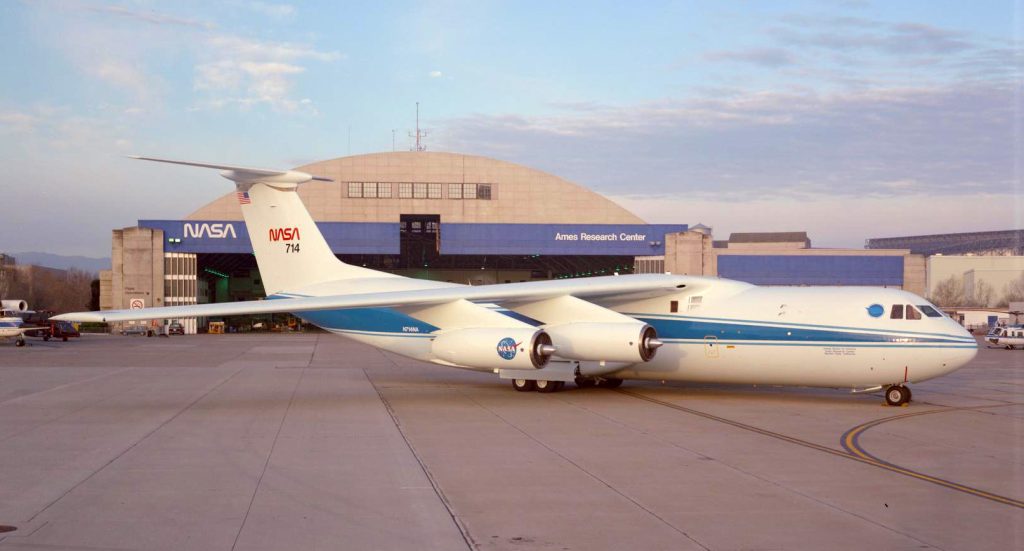
N714NA began life in 1967 as a U.S. Air Force C-141A Starlifter, serial number 61-2776. Developed by Lockheed as part of the military’s modernization effort, the C-141A was the first jet aircraft designed specifically for long-range cargo transport. After nearly a decade in Air Force service, this Starlifter’s mission took a unique and historic turn. In 1975, the aircraft was transferred to NASA and extensively modified to carry the Kuiper Airborne Observatory—a 36-inch infrared telescope mounted in the rear fuselage. Named after planetary scientist Gerard P. Kuiper, the KAO transformed N714NA into a flying observatory, allowing researchers to study the universe above much of Earth’s atmospheric moisture, which blocks infrared wavelengths. This airborne observatory played a critical role in many discoveries, including the rings of Uranus and the atmosphere of Pluto.
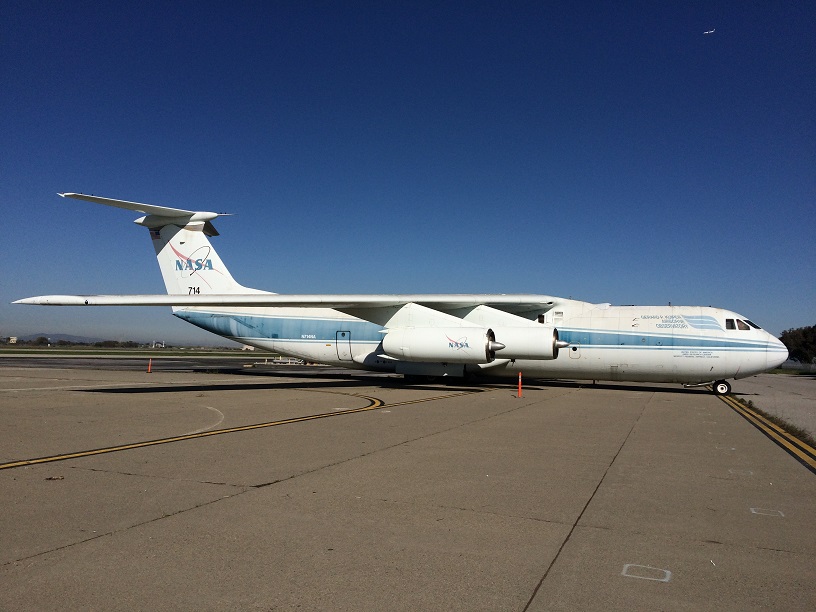
For more than 20 years, N714NA crisscrossed the globe on missions that blended astronomy, engineering, and aviation innovation. Its telescope bay—cut into the fuselage and sealed with a sliding door—enabled scientists to peer deep into space from altitudes above 40,000 feet, well beyond the reach of ground-based instruments at the time. When the Kuiper Airborne Observatory was retired in 1995, it marked the end of an era. Its successor, the Boeing 747SP-based Stratospheric Observatory for Infrared Astronomy (SOFIA), would carry the torch forward. As for N714NA, it was flown to Moffett Field in California, where it remained in storage for years—largely out of the public eye.
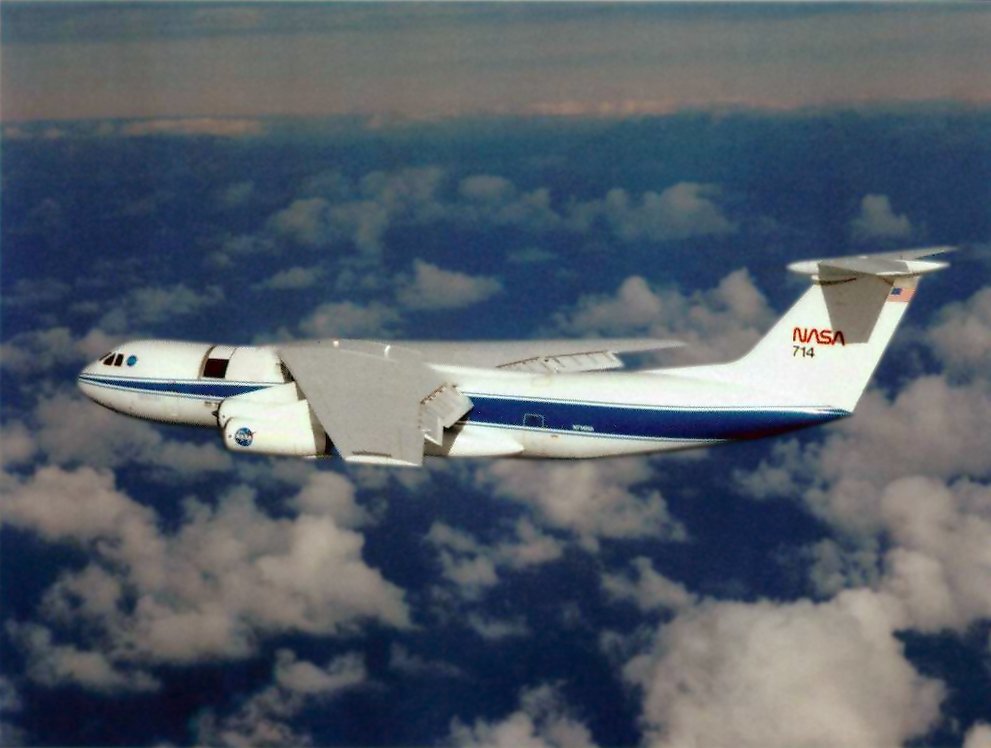
The final chapter for this historic Starlifter came in 2023, when the aircraft was dismantled for recycling. However, parts of the fuselage live on as collectible PlaneTags. California-based PlaneTags has salvaged pieces of the aircraft and made them available for purchase on their website. The company also recovered material from KAO’s predecessor, the LearJet Observatory (N805NA), which flew a 12-inch telescope from 1974 to 2001. Meanwhile, the KAO’s cockpit was donated to the Pima Air & Space Museum, and its telescope found a home at the Moffett Field Museum.
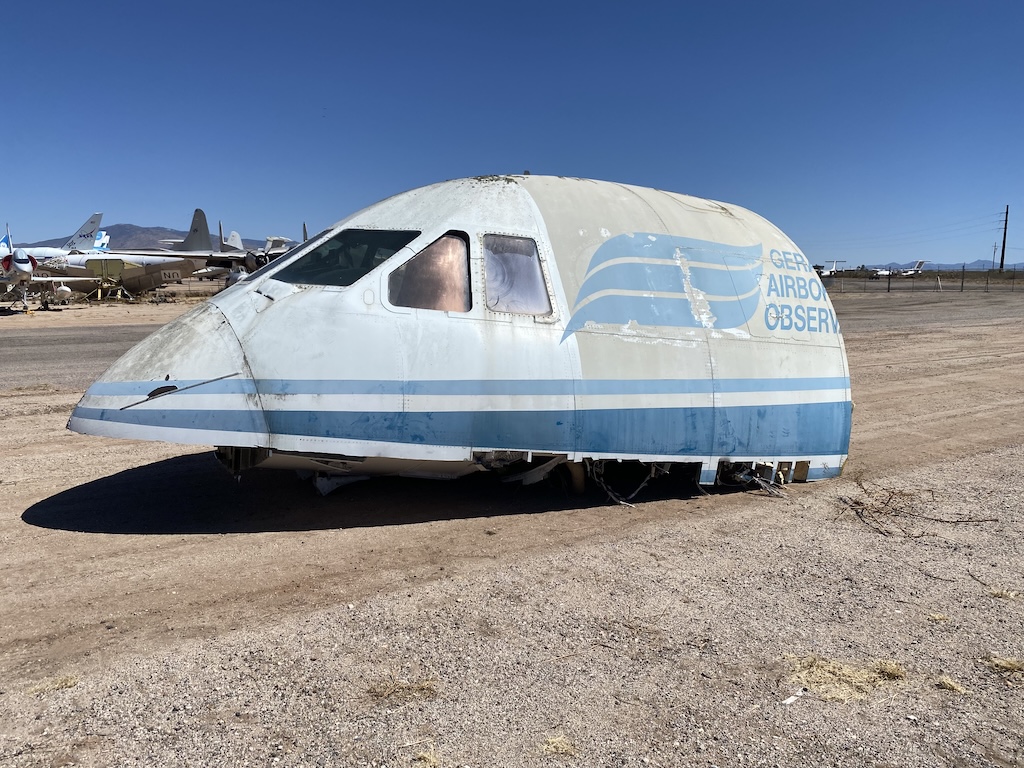
Transforming aircraft into collectible tags is a relatively recent trend that reflects a growing interest in preserving tangible pieces of aviation history—especially those with compelling stories. For N714NA, that story includes decades of service, scientific discovery, and a lasting impact on how we explore the cosmos. Though the aircraft no longer flies, the legacy of the Kuiper Airborne Observatory and its airborne platform continues to inspire a new generation of explorers, engineers, and stargazers. Whether remembered through photographs, academic papers, or fragments of fuselage now cherished by collectors, the story of this remarkable aircraft remains very much alive.







